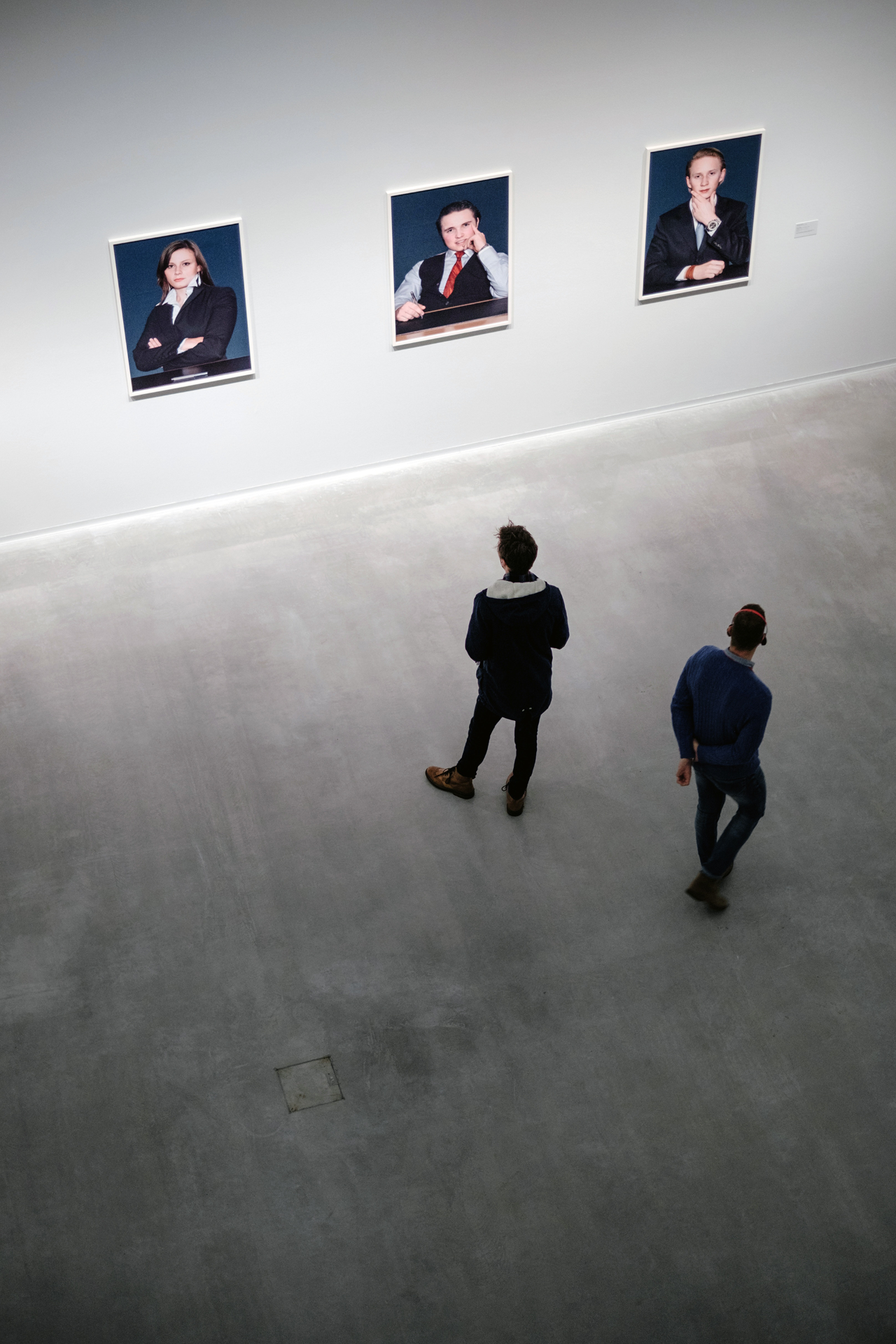Outline of Child Abuse - Historical overview & theories:
Child Abuse is the intentional harm of a child by an adult (NSPCC, 2020).
Child abuse is typically outlined into four main categories - physical abuse, emotional abuse, sexual abuse and neglect - however, these can be practiced in many ways.
The phenomenon of child abuse and neglect is deeply rooted in cultural and religious history (Mason, 1972). With increased reports of child abuse of the exploitation of labour and sexual abuse in England and America in the eighteenth and nineteenth centuries, states passed child abuse reporting laws. In order to prevent child abuse offences from occurring, further coverage was slowly introduced to Education boards for children and the Criminal Justice System for potential offenders (Plummer, 1999).
Several studies have stated that the mistreatment of children has resulted in the risk of academic difficulties and delinquency.
Social learning theory - The explanation that aggressive children are the result of abusive parents are as new behaviours are acquired by imitating the social behaviour of parents. McCord (1988) proposed that the cycle of aggression is set by two processes: (1) by teaching children expressive behaviour of damaging actions and (2) by conveying that aggression is acceptable in getting others to do what one wishes (Haapasalo & Pokela, 1999).
General strain theory - The explanation of the link between abuse and delinquency; this approach emphasises how negative relations causes pressure toward crime.
Criminologist Robert Agnew suggests that child abuse is a type of strain widely linked to criminal behaviour (Baron, 2004). The act of child abuse often threatens a child's values, ambitions, and identities and is likely to be seen as unjust as low social controls are set in place.



(Anon, 2020) (Hit, 2020) (Hit, 2020)
